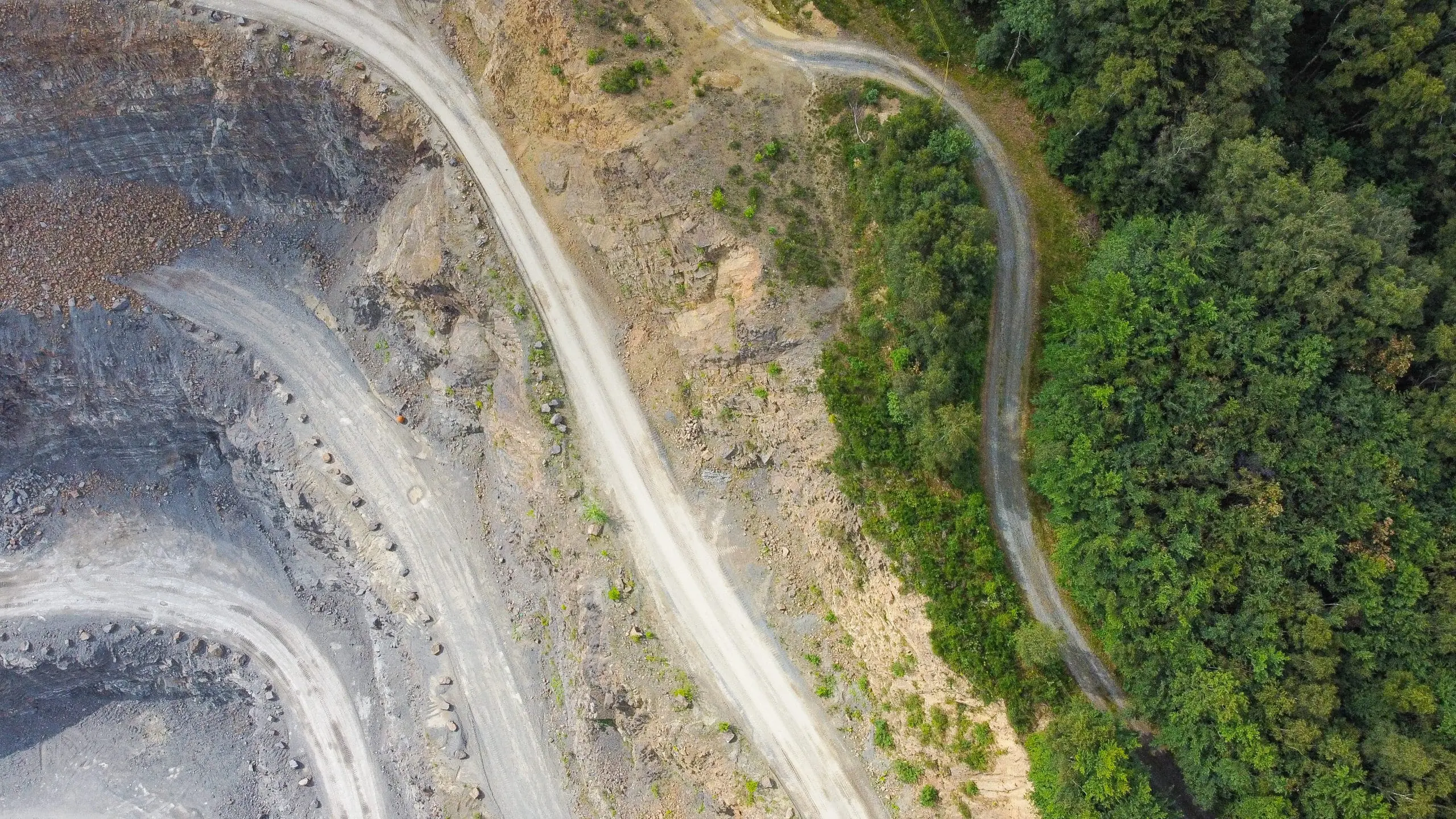The pandemic has made it harder for companies to collect data in the field. But by connecting their teams more effectively, there’s still more to be gained from the data they already have, argues Penny Swords, Vice President, Central at Seequent.
Switching to digital used to be simply an option, or even a luxury. Some saw it as too complicated, too risky, or perhaps too much of an investment. For many companies, it was never the right time – then the pandemic hit.
“All of a sudden it became the right timing because everyone was forced to work remotely. People started to implement and use remote collaboration solutions,” says Penny Swords.
The obvious first steps were connecting people effectively and allowing them to continue to work. Video conferencing, messaging, and Cloud-hosting went from being high tech to day-to-day.
But then companies turned to the work itself. With limited access to collect data in the field and more experts working at home, how could teams do more work with less?
Penny shares insights from recent conversations with customers.
It’s the combination of the geologist and the machine.
Old data, new discoveries
“Because people couldn’t go out on site as much anymore, they started to turn towards the data they had already collected to find more insights.”
One silver lining of remote work was that it freed up space for teams to delve into the data they already had – and find hidden value.
“Over the years, companies collect a huge amount of data. The data is not always used to its full potential, especially when teams are busy travelling to site.”
“As people have moved to working remotely from home, they have been digging out data previously collected and analysing it further to try to find something that they may have missed the first time.”
Managing big data
Once people began looking at their old data, they realised – it’s a lot, certainly more than any one person or even team could process effectively.
“When you process a huge amount of data that’s been collected in the past, there may be discoveries in your data that you’ve missed.”
Computers, however, can find patterns in massive data sets quickly. So, what technologies are people using?
“We find that increasingly more of our customers are turning to Artificial intelligence (AI) to automate tasks and look for new insights in their data to inform decisions. They are, for example, using AI to automatically classify pieces of data.”
A computer can identify an image in an instant based on what it’s learned from looking at previous images. The computer can then be trained to name or classify a piece of data.
Automating the mundane
Pattern finding and classification are things machines do best. Computers can automatically log core, as an example.
“By automating the process of loading the data into a model and being able to visualise it, you get a faster result from the moment you put a hole in the ground to the moment that you’re making decisions.”
Even when collecting field data, machines can make the turnaround time from logging to decision-making nearly instant. “The computer is spotting patterns and trends that wouldn’t have otherwise been spotted by human brain, with greater speed.”
The value of expertise
But, the goal of this technology isn’t to replace people – quite the contrary. It actually frees up their time for applying their expertise, not just logging numbers or scribbling names.
Technology gives experts more space to test ideas, collaborate, and focus on decision making. And computers need someone to catch their mistakes, too.
In this new digital age, it’s not one or the other: “It’s the combination of the geologist and the machine.”

